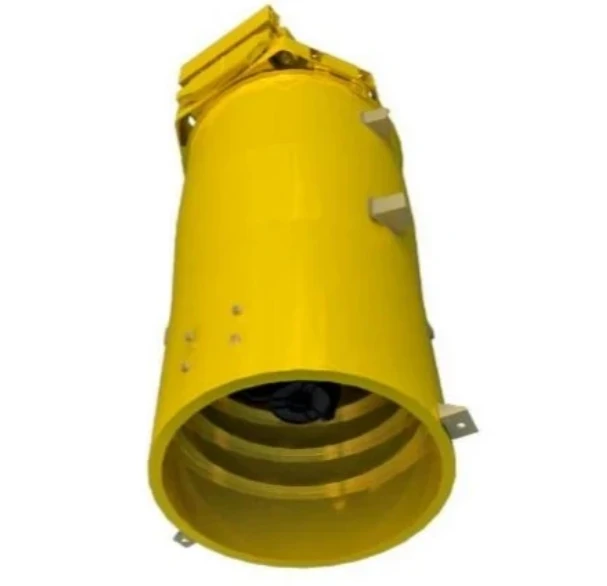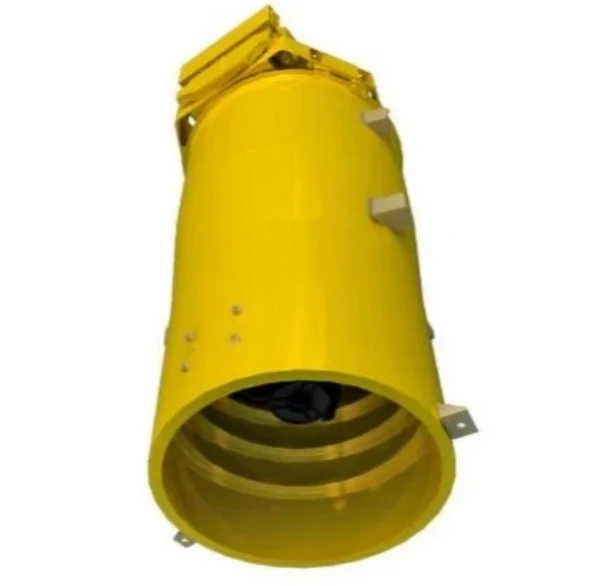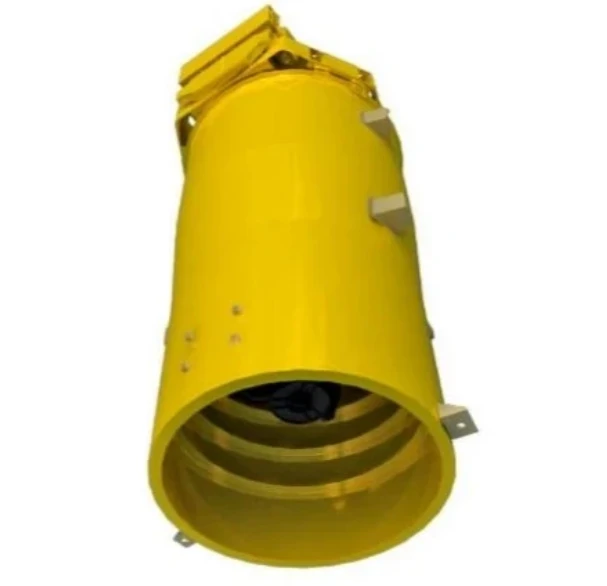
- Afrikaly
- Alban
- Amhar
- Arapça
- Ermeni
- Azerbaýjan
- Bask
- Belarus
- Bengali
- Bosniýa
- Bolgar
- Katalan
- Sebuano
- Hytaý
- Korsikan
- Horwatiýa
- Çeh
- Daniýaly
- Gollandiýaly
- Iňlis
- Esperanto
- Eston
- Fin
- Fransuz
- Frizian
- Galisiýa
- Gürji
- Nemes
- Grek
- Gujarati
- Gaiti kreoly
- Hausa
- hawaiian
- Hebrewewreýçe
- .Ok
- Miao
- Wenger
- Islandiýa
- igbo
- Indoneziýaly
- irish
- Italýan
- Japaneseaponlar
- Javaneseawan
- Kannada
- Gazak
- Khmer
- Ruanda
- Koreýçe
- Kürt
- Gyrgyzystan
- Zähmet
- Latyn
- Latwiýa
- Litwa
- Lýuksemburg
- Makedoniýa
- Malagasy
- Malaý
- Malaýalam
- Malta
- Maori
- Marathi
- Mongol
- Mýanma
- Nepali
- Norweg
- Norweg
- Oksitan
- Puştun
- Pars
- Polýak
- Portugaliýa
- Penjabi
- Rumyn
- Rus
- Samoan
- Şotlandiýaly Gael
- Serb
- Iňlis
- Şona
- Sindhi
- Sinhala
- Slowakiýa
- Sloweniýa
- Somali
- Ispan
- Sundanese
- Suwaýili
- Şwesiýa
- Tagalog
- Täjik
- Tamil
- Tatar
- Telugu
- Taý
- Türk
- Türkmenler
- Ukrain
- Urdu
- Uýgur
- Özbek
- Wýetnamly
- Uels
- Kömek
- Yiddishahudy
- Yorubaoruba
- Zulu
Innovative Advancements in UAV Technology
In recent years, the development of unmanned aerial vehicles (UAVs) has evolved significantly, thanks to innovations like the Dual-all-wing VTOL UAV and improvements in payload capacity, wind resistance, and commercial off-the-shelf (COTS) components. UAVs are playing a critical role in a variety of industries, including agriculture, surveillance, delivery services, and environmental monitoring. This article will explore the Dual-all-wing VTOL UAV, its Maximum Payload Capacity, how COTS components are used in UAVs, the importance of Wind Resistance Level, and the growing impact of UAV technology.

Dual-All-Wing VTOL UAV: Revolutionizing Aerial Mobility
The Dual-all-wing VTOL UAV represents a significant leap in UAV technology. Unlike traditional UAV designs, the Dual-all-wing VTOL UAV features a unique configuration that provides enhanced stability, greater maneuverability, and improved flight dynamics. The concept of Vertical Take-Off and Landing (VTOL) has already transformed how UAVs are utilized in various sectors. The Dual-all-wing VTOL UAV offers the added benefit of utilizing both wings for lift and stability, which is particularly beneficial for flight in challenging conditions and urban environments.
The design of the Dual-all-wing VTOL UAV allows it to take off and land vertically, providing the capability to operate in confined spaces, much like a helicopter. However, the Dual-all-wing VTOL UAV improves upon traditional VTOL designs by offering better fuel efficiency, larger payload capacity, and greater aerodynamic efficiency, all while maintaining the vertical flight advantage. These benefits make it an ideal choice for a wide range of applications, from surveillance to cargo delivery in areas where conventional aircraft cannot operate.
As the demand for more efficient and flexible UAVs grows, the Dual-all-wing VTOL UAV is poised to play a pivotal role in shaping the future of aerial mobility.
Maximum Payload Capacity: Enhancing UAV Versatility
The Maximum Payload Capacity of a UAV is a critical factor that determines its ability to carry additional equipment or cargo. Whether it's for surveying, delivery services, or military operations, the payload capacity directly impacts the effectiveness and versatility of the UAV. UAVs with larger Maximum Payload Capacity can carry a wide array of sensors, cameras, or even goods, providing increased operational capabilities.
For instance, in the logistics industry, UAVs with high Maximum Payload Capacity are being developed to carry packages over longer distances, offering a fast and efficient method for last-mile delivery. Likewise, in agriculture, UAVs with significant payload capabilities can carry advanced sensors that enable farmers to monitor crop health, water levels, and soil conditions more effectively.
The ability to carry larger payloads while maintaining efficient flight performance is crucial for many commercial and industrial applications. This makes the Maximum Payload Capacity a key consideration in the design and deployment of UAVs in real-world operations.
COTS: Streamlining UAV Development and Cost Efficiency
COTS (Commercial Off-The-Shelf) components have significantly influenced the UAV industry by offering cost-effective, reliable, and ready-made solutions for UAV manufacturers. COTS components are widely used in the design and construction of UAVs, from flight controllers to communication systems and sensors. By leveraging COTS components, manufacturers can reduce development time and costs, speeding up the production of new UAVs.
For example, integrating COTS sensors and GPS systems into a UAV allows manufacturers to avoid the complex and expensive process of designing these systems from scratch. This not only lowers the cost of UAV production but also ensures that these UAVs benefit from the latest advancements in technology. The availability of high-quality, COTS components makes UAVs more affordable and accessible to a broader range of industries and businesses.
The use of COTS components is essential for scaling the UAV industry and driving innovation, particularly in areas like remote sensing, mapping, and aerial surveillance, where high-quality technology is required to meet the growing demands of various industries.
Wind Resistance Level: Key for UAV Stability and Safety
The Wind Resistance Level of a UAV is another critical factor that affects its operational capability, especially for Dual-all-wing VTOL UAVs and other advanced designs. UAVs with high Wind Resistance Levels can withstand turbulent air conditions, such as gusty winds, without compromising flight stability. This is especially important when operating in outdoor environments where wind conditions can change rapidly.
UAVs with excellent Wind Resistance Levels can remain stable and accurate during flights in regions prone to high winds, making them ideal for tasks such as aerial surveying, search and rescue operations, and environmental monitoring. The ability of a UAV to handle strong wind conditions allows for longer operational windows and reduces the risk of crashes or loss of control during challenging flights.
Incorporating materials and design elements that enhance the Wind Resistance Level of a UAV can also extend its operational lifespan and improve its overall reliability. This is particularly vital for Dual-all-wing VTOL UAVs, which need to maintain both vertical and horizontal stability in a wide range of weather conditions.
UAV: Shaping the Future of Aerial Operations
The evolution of UAV technology has already begun to revolutionize various industries. From Dual-all-wing VTOL UAVs to high-payload UAVs with advanced Wind Resistance Levels, UAVs are changing the way we think about transportation, surveillance, and environmental monitoring.
The rise of UAVs has led to improvements in efficiency, safety, and accuracy across multiple industries. In the field of agriculture, UAVs are enabling precision farming, while in the defense sector, they are providing invaluable intelligence-gathering capabilities. In logistics, the use of UAVs for last-mile delivery is streamlining supply chains and reducing costs.
As the UAV market continues to expand, we can expect even more innovations in areas like battery life, flight control, and sensor technology. The flexibility, cost-effectiveness, and operational advantages of UAVs ensure that they will continue to shape the future of various industries for years to come.
UAV Technology FAQs
What is a Dual-all-wing VTOL UAV, and how does it work?
A Dual-all-wing VTOL UAV is a type of unmanned aerial vehicle that features two wings for enhanced lift and stability. It can take off and land vertically (VTOL), similar to a helicopter, but with the efficiency and aerodynamic advantages of fixed-wing aircraft.
How does the Maximum Payload Capacity affect UAV operations?
The Maximum Payload Capacity of a UAV determines how much weight it can carry, which directly impacts its versatility. UAVs with larger payload capacities can transport heavier sensors, cameras, or packages, making them ideal for various industries like logistics, agriculture, and surveillance.
What are COTS components, and why are they important in UAV design?
COTS (Commercial Off-The-Shelf) components are pre-made, standard products used in the construction of UAVs. By using COTS components, manufacturers can save time and money while ensuring that UAVs are built with high-quality, reliable technology.
Why is the Wind Resistance Level crucial for UAVs?
A high Wind Resistance Level is essential for maintaining the stability and safety of UAVs, especially in challenging weather conditions. UAVs with better wind resistance can operate in windy environments without losing control, which is critical for tasks like surveying or search and rescue.
What types of UAVs are available for commercial use?
There are several types of UAVs available for commercial use, including Dual-all-wing VTOL UAVs, high-payload UAVs, and those equipped with advanced sensors and communication systems. These UAVs are used in industries such as agriculture, logistics, defense, and environmental monitoring.
As we continue to explore the potential of UAV technology, it’s clear that innovations in Dual-all-wing VTOL UAVs, Maximum Payload Capacity, COTS, and Wind Resistance Levels will drive the future of aerial operations. UAVs are becoming indispensable tools in numerous industries, offering improved efficiency, reliability, and cost-effectiveness.











